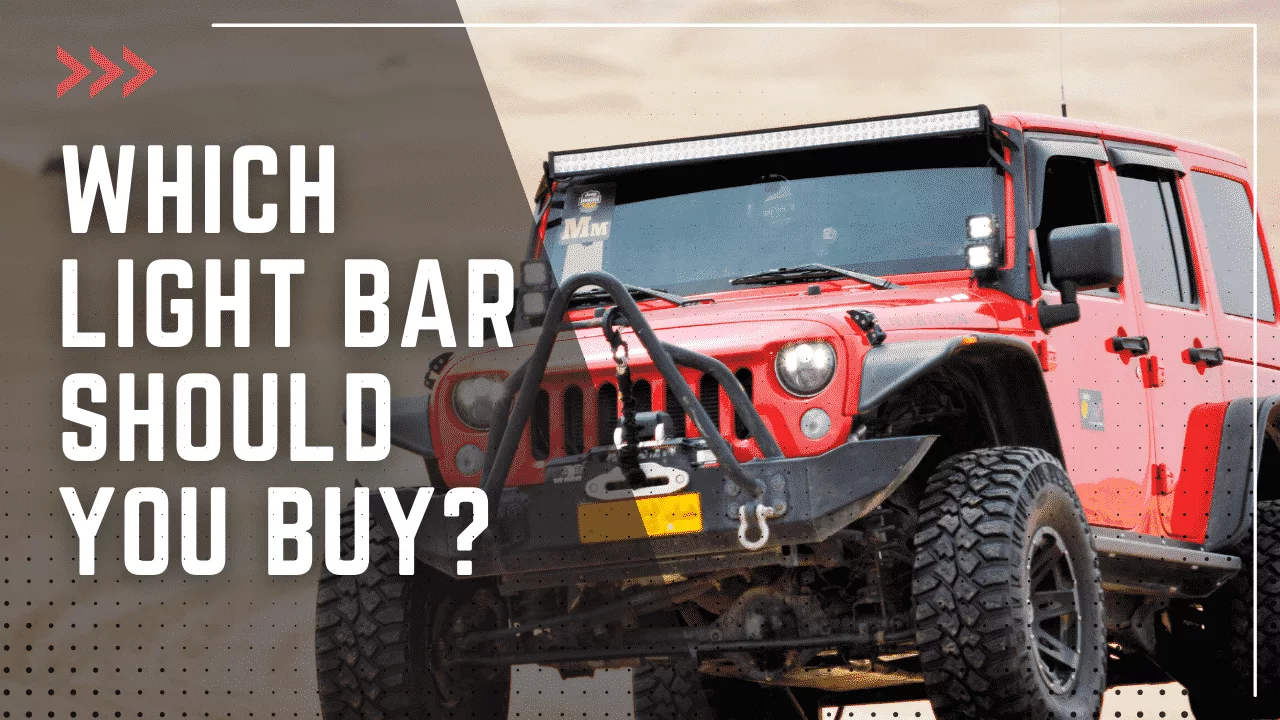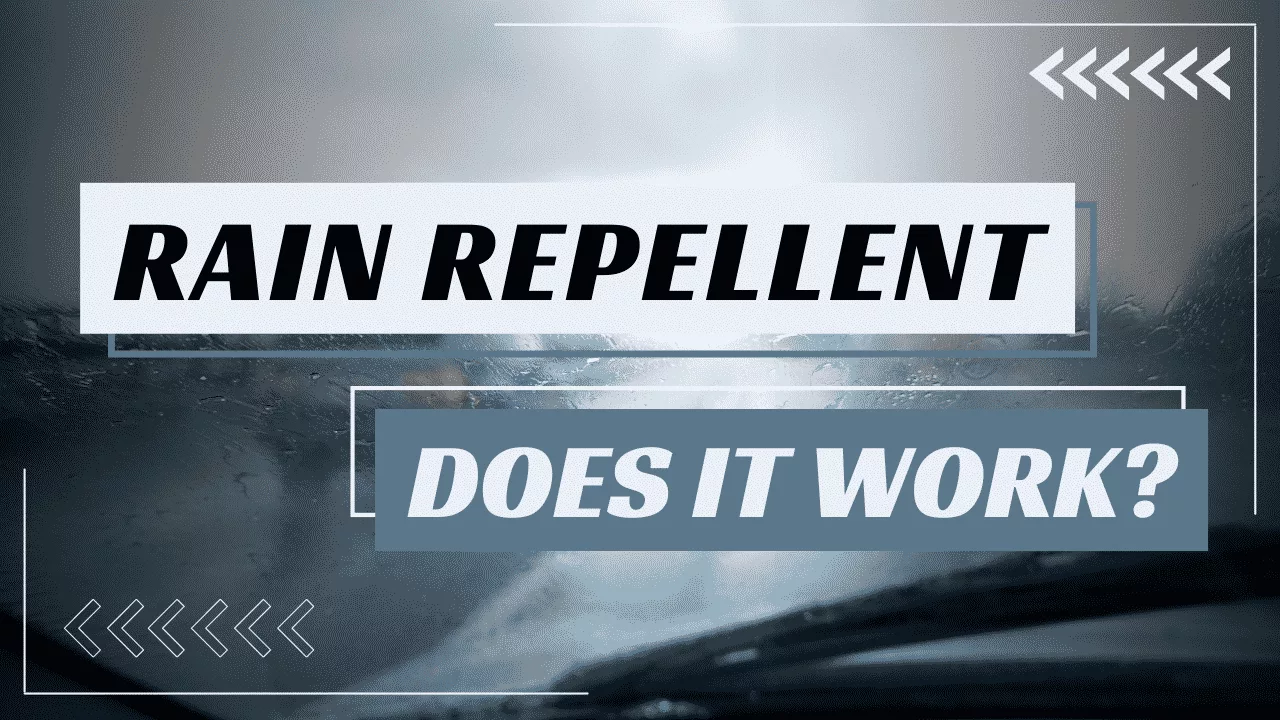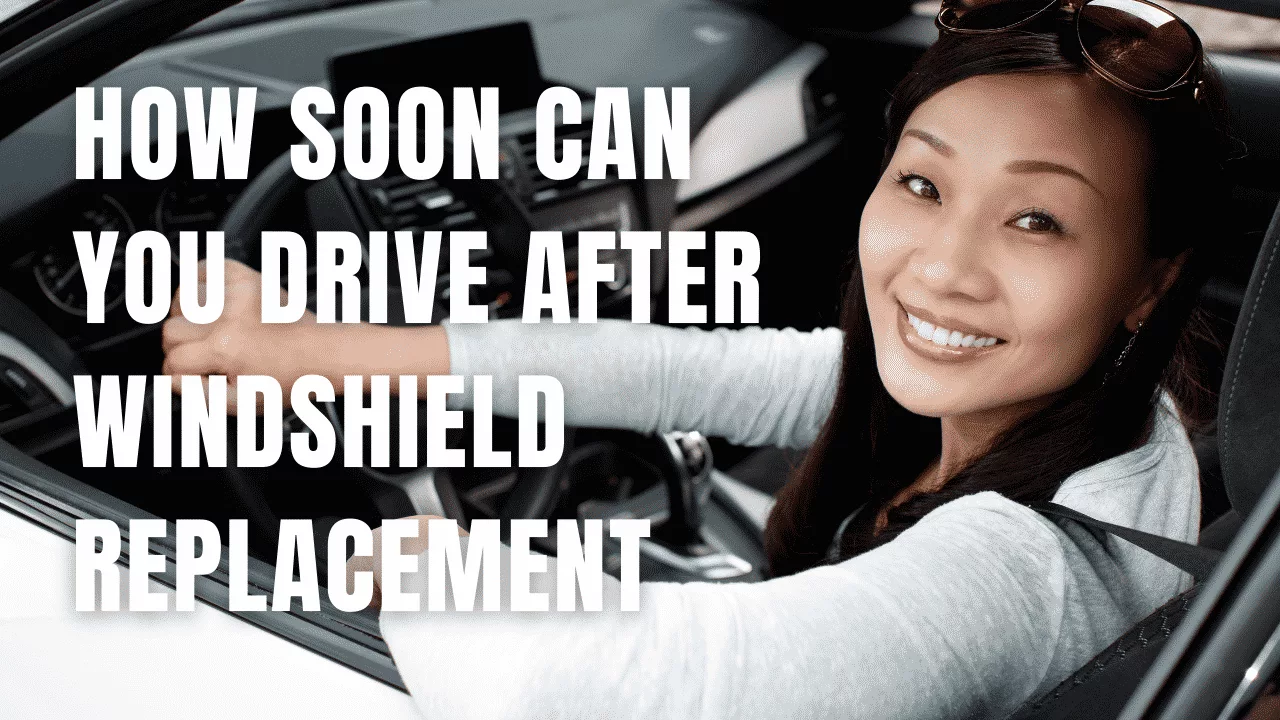
When most people hear the words “car cover,” they think of a tarp to protect old vintage cars. That’s not the case, though. Nowadays, car covers are for old and new vehicles alike. And with an average price between $25 and $250, they’re very affordable.
Why Do You Need A Car Cover?
Not everyone has a garage, so many cars are parked outside and exposed to all kinds of elements; rain, snow, sleet, hail, etc., not to mention debris that can fly around at any given time. When that happens, you need a reliable car cover to help protect your car.
Most covers have a low price and will last for years if you take care of them correctly.
Types of Protection Car Covers Provide
Car covers can protect your car from lots of different things. Depending on what you are trying to protect it from, a cover can help. We’ve created this 2021 buyers guide to help you pick the best for your car.
Snow Protection
Snow tends to cause more damage than rain, so it’s always a good idea to have some protection from snow. People in areas with lots of snow should probably invest in a heavy-duty cover to be safe. These tend to cost more than lighter-weight ones but are more likely to last for a longer time. On the other hand, if you only get snow once or twice a year, the lightweight ones will work great if you store them properly between uses.
Snow can weigh a substantial amount, and if you leave it on your car too long, it can damage the surface. So snow covers for cars are made to withstand lots of snow and keep it from getting onto your vehicle until you’re able to remove it.
UV Protection
UV rays can cause the paint on your car to fade or oxidize over time. It can also cause your leather interior to crack and fade if you have a vehicle with a sunroof. Damage to the paint and interior can appear within three years if you regularly park in the outside weather.
Rain Protection
Rain covers have double layers for maximum protection against moisture and severe weather conditions. If you live where there’s a lot of rain, investing in a cover will prove beneficial. These covers are made to withstand the strongest storms and fully protect your vehicle from water, so it’s kept dry.
Rainwater can leave behind water spots on your paint job that can be hard to remove. Water sprinkler systems will also create spots on the paint. Sprinkler water is also known as hard water, and hard water can leave mineral deposits on your car.
Hard watermarks tend to stick around even after you try to clean them off, so be smart and invest in a cover if you want to prevent that from happening. Also, if you have hard watermarks, you might need a polishing compound to remove them. Check out our car wax guide for more details on wax and polish compounds.
Hail Protection
This type of protection is specifically for vehicles that are parked outside. Most of the time, hail will leave dings all over your car in places unprotected by a garage or other shelter. A hail protection cover should fit any size car and prevent this kind of damage from happening.
If you live in a city that’s regularly hit with a lot of hail, adding a car cover to protect your vehicle from it is worth the money and can save hundreds or thousands of dollars over time. Store your car inside or under a shelter when you aren’t using it to avoid adding hail protection. If you have hail damage, check out our dent repair article.
Vandalism Protection
Car covers can help easily protect against vandalism if you live in areas prone to it. However, some vandals may view the cover as a blank canvas for their artwork, but replacing the cover will be a lot less expensive than removing graffiti from the surface of your car.
What styles are available?
There are many different styles of vehicle covers, but they fit into two main groups listed below.
- Tonneau – This style will cover the entire top and fold over the sides and hood. These are easy to use because you can lay them over the top of your car and secure them with a strap around your trunk.
- Soft Cover – These usually come in lightweight materials that are easy to carry and store when not in use. Take note there are different sizes for trucks and cars, so make sure you get the appropriate size for your vehicle.
How long do they last?
The average life expectancy of a car cover is about 2-4 years, but this will depend on the material and how well it’s maintained. For example, if you leave your cover outside during extreme weather conditions all the time, it will deteriorate faster than if you only use it once a year or while your car is parked outside. Therefore, it’s good to keep it stored in the house or garage inside a bag when you’re not using it. Most covers will come with a storage bag to help them last longer, but make sure they’re clean and dry before storing them, which will also prevent mildew or mold from occurring.
What size will fit your car?
Most covers are fit to specific car models, but some fit multiple cars. Not sure which size is best to buy for your vehicle? Measure your car’s dimensions, then check the package or guide for the cover you’re buying. Most manufacturers have detailed sizing guidelines available on their websites so you can compare the information before making a purchase.
Whether you drive an SUV, truck, or van, you’ll want to find a cover meant for your vehicle. Unfortunately, most covers are made specifically for cars, so they will not fit trucks or SUVs properly. It is possible to take an SUV cover and sew extra material onto it, but that would be a lot of work and prevent the cover from working as designed. The best option is to find covers made for the size and shape of your vehicle.
Size categories
- Full Size – These will fit cars, full-size trucks, and SUVs. They’re large enough for any vehicle, including hatchbacks, vans, and minivans.
- Mini – Mini’s are designed to fit little cars like Smart Cars, Roadsters, and other subcompact vehicles. These covers can also work on the bed of a full-size pickup truck.
- Specialty – Some covers out there will only fit sports cars or motorcycles. If you own one of these, it’ll be worth your time to look into specialty covers.
Can car covers be washed?
Yes, but not in a washing machine. You can spot-clean specific covers using mild soap and water or a non-abrasive detergent. Please don’t use harsh chemicals or bleach, as it could ruin the fabric.
In many cases, washing car covers are necessary to help prevent mildew and mold from forming on them. Make sure to leave it in direct sunlight to help kill any harmful bacteria that may grow inside. Using a water hose, pressure washer, or taking the cover to a do-it-yourself car wash is best to clean it.
Can they damage the car’s paint?
You should also clean and dry the surfaces of your car before you place it under a cover. If there’s any dirt, mud, or other debris stuck to your paint, it can be rubbed into the finish and cause scratches. If you get scratches, check out our paint scratch removal post, which will help you keep the exterior of your car looking flawless without having to spend a lot of money on touch-ups, polishing, or waxing it.
Indoor vs. Outdoor Covers: Are they different?
Did you know that rain can cause rust? Even if your car is parked inside when it rains, some moisture can get through the slightest of cracks. Weather covers keep water away from your vehicle so it can stay nice and dry. So try to use an indoor cover when parking your car inside.
What does SPF mean?
SPF stands for Sun Protection Factor. You’ll see this information listed on many types of outdoor covers, and it’s essential to understand why you need one with high SPF. The SPF rating is the amount of UV protection offered. For example, the base level for a car cover is 50, so it probably doesn’t provide sun protection if you don’t see a number higher than that.
The SPF rating is by the number of UVB rays allowed through the fabric. For example, a cover with SPF 50 allows only 1/50th of the UVB rays past, and one with SPF 100 will block out 99% of beams which is very helpful for people who live in an area with sun most days of the year. In those areas, your car will get exposed to a lot of UV light, so it’s essential to take precautions against fading or sun damage.
What are good outdoor brands?
The two most well-known brand names in car covers are California Car Cover (CCI) and Formfit. They both offer high-quality covers, and they are available in various styles to fit your needs.
Do they come with a warranty?
Most car covers come with a warranty. The average industry warranty is one year, and you can extend that if the manufacturer offers an extended warranty. Some even offer a lifetime warranty for certain features, but there’s usually some stipulation involved.
The best thing to do is look at the fine print before purchasing so you understand what is covered by the warranty. Then, if you have a problem with your cover, contact the manufacturer to see if your product falls under their warranty policy.
How do you correctly place a car cover on the car?
The best way to put on a cover is to lay it out flat first and then unfold it over your car. Next, you should start over the back wheels. Then, tuck each side under the fender.
After you get it on, pull it tight up against the car’s body to eliminate any air pockets or sagging areas that will prevent dust from getting in and keep the cover secure in bad weather.
Brand names and customer ratings
There are eight top-rated brands of car covers in the industry. I’ve listed them below, along with ratings from customers online.
- Driven C2 Custom Fit – 5.0 stars from around 15 customers
- California Car Cover – 4.8 stars from over 850 customers
- Formfit – 4.7 stars from over 220 customers
- Weathertech – 4.5 stars from just under 100 customers
- Draw-Tite – 4.3 stars from around 50 customers
- Genesis – 3.8 stars from approximately 11 customers
- CarSox – 3.6 stars from roughly 26 customers
- Seibon – 3 Stars from about 37 customers
Recommended Best Choice
My favorite cover is the Form-Fit Direct Fit. It’s a direct fit product that helps prevent wear and tear over time. However, if you’re in a city with high winds or rain, I recommend buying something with a higher SPF rating.
The Driven C2 Custom Fit is a close second. Again, they don’t fit specific vehicle types but come in a high-quality fabric with a great warranty, so what you get will be worth the money spent.
Both products are pretty affordable, and they have some of the best ratings compared to similar products on the market.
That about covers it!
The next time you consider purchasing an outdoor car cover, consider some of the points listed above. They’ll help you select a quality product that offers sun protection and will withstand harsh weather conditions over time.







